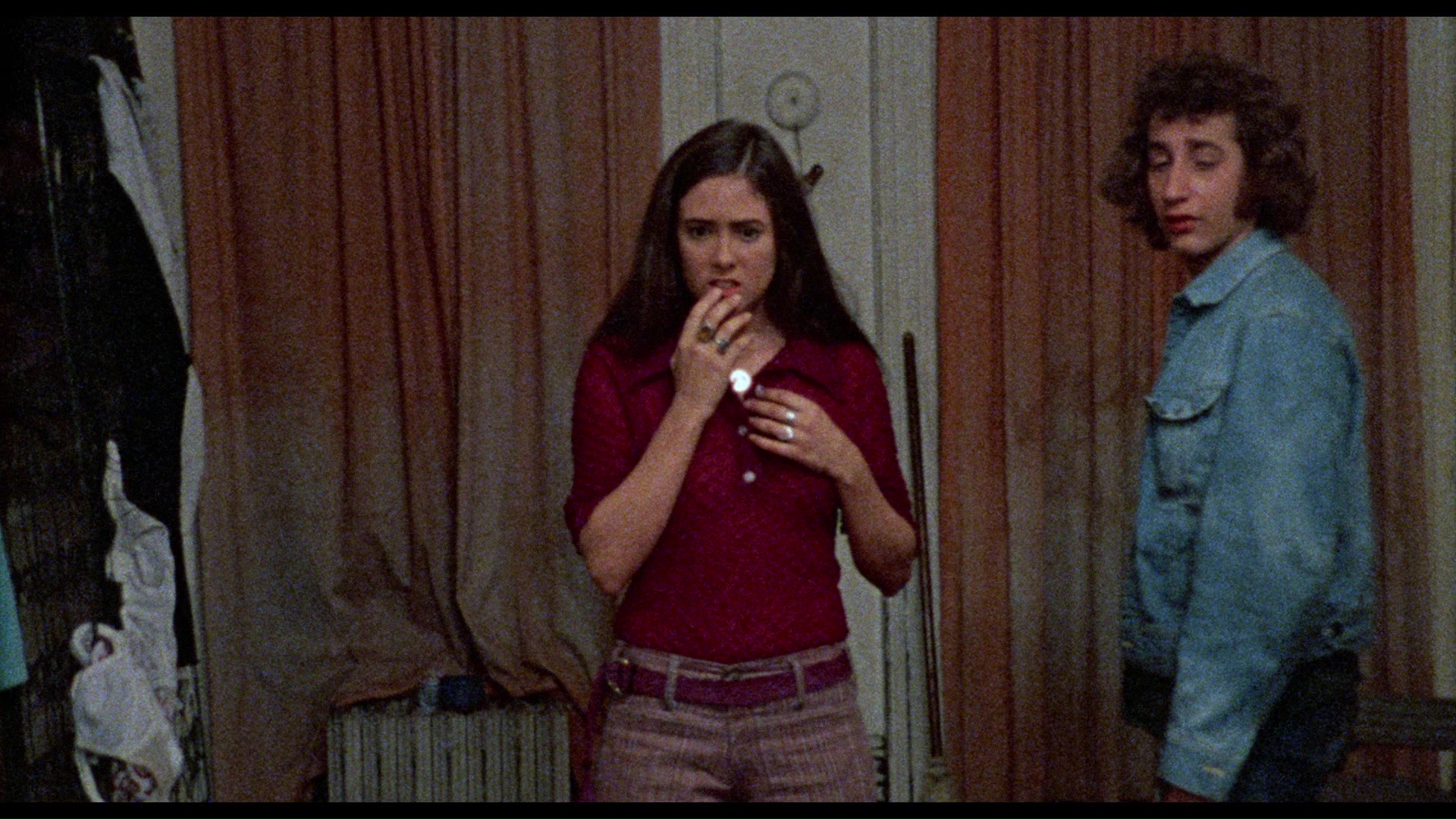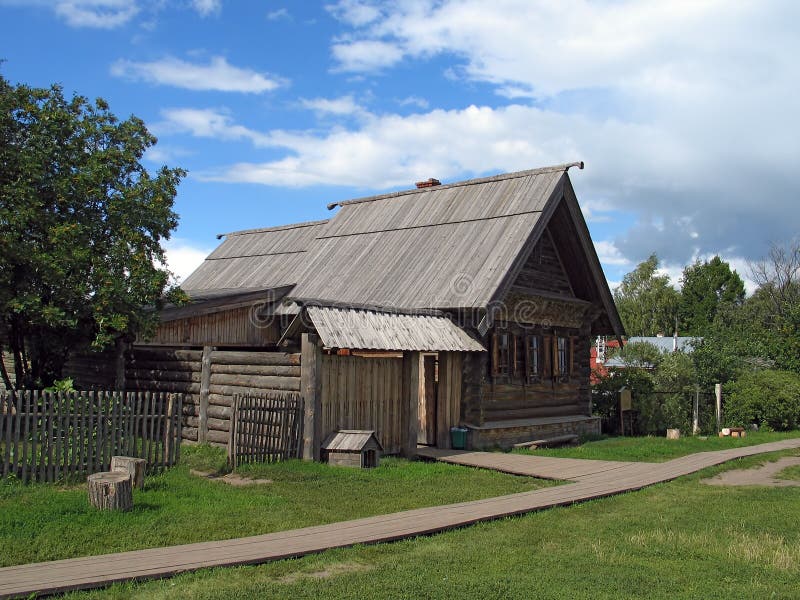Table Of Content

Craven, who wrote and directed the original film, was interested to see what kind of film could be made on a larger budget, as the limited funds forced him to remove scenes he had wanted to film to tell a complete story. One of the elements Iliadis wanted to avoid with the film, given its graphic nature, was turning it into "torture porn". For Craven and Iliadis, the film primarily illustrates how even the most normal of families can be driven to commit evil acts if pushed too far. The film depicts the tragic and gruesome ends met by teens Mari Collingwood and Phyllis Stone, and the aftermath as Mari's parents take bloody revenge on those responsible for killing the girls.
Popular reviews
In 1972, he did not have the budget to film every piece of the story he wanted to tell. In Craven's utterly bleak original, everybody dies except Mari's parents, who are now faced with the rather harsh comedown from a joyous, blood-soaked orgy of violence not-so-far-removed from the one they are purportedly punishing. Even the wholesome, innocent Collingwoods are capable of such atrocities under the right circumstances. The audience experiences the same comedown, having been implicated to some degree by simply having watched the unfolding scenes. Many aspects of Iliadis' remake provoked a mixture of outrage and praise from critics, including its fusion of savage brutality with slick production values. But it was the ending of "The Last House on the Left," with its major departure from Craven's original vision, that really divided everyone who watched the film.
People who liked The Last House on the Left also liked
John and Justin break in and Sadie beats them with a shower curtain rod, almost knocking them out until Emma shoots Sadie through her left eye, killing her. Krug hides, and attacks John and Justin when they search for him. Justin is stabbed by Krug, but with a combined effort from Emma and John, Krug is knocked unconscious. John, Emma, Mari, and Justin then leave in the boat for the hospital. Of the trio of Wes Craven remakes that surfaced in the 2000s, Dennis Iliadis' "The Last House on the Left" (2009) was arguably the most divisive among audiences and critics, and certainly the most controversial in its departure from the original.
Filming
When athletic teen Mari Collingwood opts to hang out with her friend Paige in town rather than spend an evening in with her parents vacationing at the family's remote lake house, it marks the beginning of a night no one is going to forget. There is also sound work by Krug (Garret Dillahunt), the convincingly evil leader of a pack of degenerates. And Sara Paxton, who has been acting since 8 and was 20 when the movie was made, shows, as so many sexy young blonds do, that they are better than the bubblehead roles they are mostly given. In August 2006, Rogue Pictures finalized a deal to remake The Last House on the Left (1972) with original writer and director Wes Craven as a producer.
Arrow Video Announces August Releases - Blu-ray.com
Arrow Video Announces August Releases.
Posted: Fri, 26 May 2023 07:00:00 GMT [source]

It is the one genre that can lead the box office without name stars, perhaps because its fans know that big stars very rarely appear in one (I'm not thinking of films where story is first, but those in which graphic violence is first). The Last House on the Left is a 2009 revenge horror thriller film directed by Dennis Iliadis and written by Adam Alleca and Carl Ellsworth. A remake of the 1972 film of the same name, it stars Tony Goldwyn, Monica Potter, Garret Dillahunt, Aaron Paul, Spencer Treat Clark, Riki Lindhome, Martha MacIsaac, and Sara Paxton. The film follows Mari Collingwood, a teenager who is abducted, raped, and left for dead by a family of violent fugitives. When her parents learn what was done to her, they seek vengeance against the family, who have taken shelter at their summer home during a thunderstorm.
The Last House on the Left - SouthCoastToday.com
The Last House on the Left.
Posted: Mon, 16 Mar 2009 07:00:00 GMT [source]
The major departure in the 2009 remake comes in its ending, when we discover that Mari survived being shot and left for dead in the lake, and has made her way back home. Mari's parents find her on the porch and proceed to take revenge on her attackers in brutal and gory ways that would have likely satisfied Craven, and the surviving family boats across the lake to take Mari to a hospital. The rights to The Last House on the Left were picked up by Rogue Pictures in 2006, with the remake being the first film produced by Craven's newly formed studio Midnight Pictures.
Popular movies coming soon
A storm forces Krug, Francis, Sadie, and Justin to seek refuge at a nearby house. Justin is the only one to deduce that the inhabitants, John and Emma, are Mari's parents, and intentionally leaves Mari's necklace on the counter to alert them about their daughter. When John and Emma find Mari barely alive on their porch, and the necklace on the counter, they realize that Mari's tormentors are the people in their guest house. While this remake or Craven's 1972 classic is by no means watered down, it takes a different approach to the premise that allows it to stand on its own.
Many argue that a microwave won't operate with the door open. Others cite an early scene establishing that the microwave is "broken." The question of whether one should microwave a man's head never arises. Not many unseasoned audience members will find the 2009 rape scene "toned down," and indeed I found it painful to watch. In the 2005 film, it was so reprehensibly and lingeringly sadistic, I found it unforgivable.
The Last House on the Left (2009 film)
The Last House on the Left is directed by Dennis Iliadis and adapted to screenplay by Adam Alleca and Carl Ellsworth from the story by Wes Craven (co-producer here). A remake of Craven’s 1972 film of the same name (itself influenced by Ingmar Bergman’s The Virgin Spring), it stars Tony Goldwyn, Monica Potter, Garret Dillahunt, Sara Paxton, Spencer Treat Clark and Martha MacIsaac. This film, for example, which as I write has inspired only one review (by "Fright"), has generated a spirited online discussion about whether you can kill someone by sticking their head in a microwave.
Thirty-seven years ago, Wes Craven's The Last House on the Left was groundbreaking in its use of sadistic violence. It’s well shot, well edited, the effects are stellar, the performances are solid, but it is a brutal film (for better or for worse) that not all will want to watch. Later, John returns to the cabin, where he has paralyzed Krug from the neck down. John places Krug's head in a microwave jury-rigged to operate even with the door open. As John walks away, Krug's head explodes, ultimately killing him.
It is also true that director and Dennis Iliadis and his cinematographer Sharone Meir do a smooth job of handling space and time to create suspense. The film is an effective representative of its genre, and horror fans will like it, I think, but who knows? I'm giving it a 2.5 in the silly star rating system and throwing up my hands. By the end of Craven's 1972 original, both Mari and Phyllis have been ruthlessly tortured and slaughtered. The last we see of Mari, she stumbles into the lake and is fatally shot in the back by Krug.

No comments:
Post a Comment